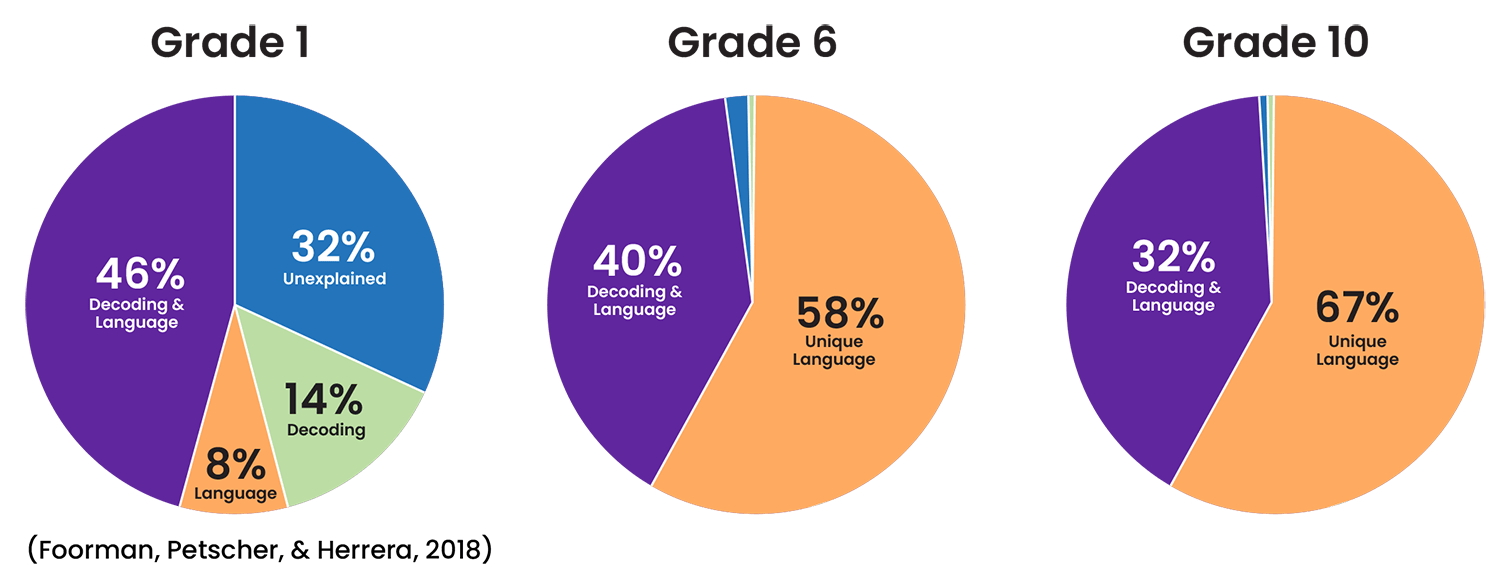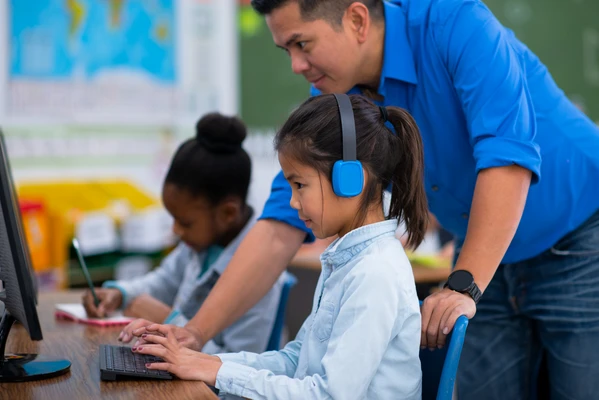“Lexia Aspire® [Professional Learning] is just amazing. It directly aligns to the goals we have in the district for the science of reading—it exceeded our expectations.”
– Tiffany Goodman, Director of Multi-Tiered Systems of Support, Friendship Charter Schools, Washington, D.C.





